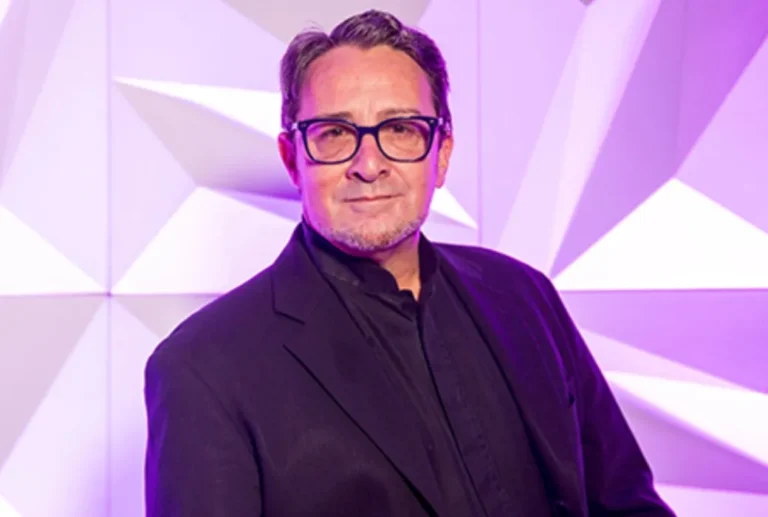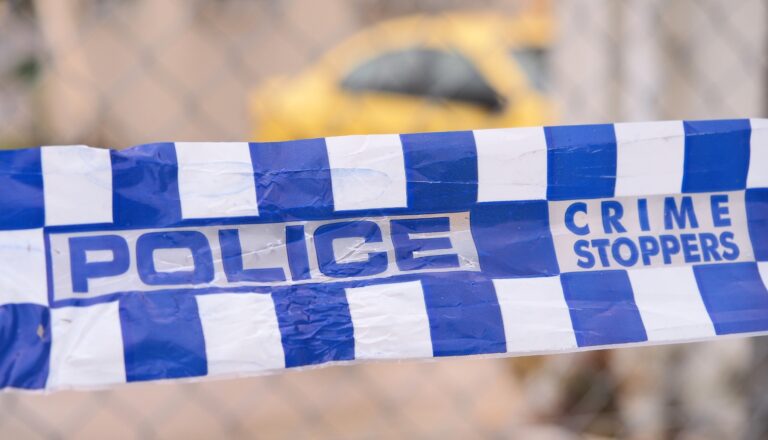
Sydney’s transport future: we can have our cake and eat it, says Clover
COMMENT
Sydney City has a major stake in the wellbeing of wider Sydney’s transport system simply because it sits at the hub of the network. While we privileged locals have far better transport choices than most areas, our inner suburbs have been desiccated by transport throughways feeding other suburbs. For a taste of bad transport planning take a walk around Ultimo or Woolloomooloo; or listen to the residents of Chippendale who are besieged by multi-lane commuter roads; or go play with the traffic in Newtown.
The current road-dominated network is bad for us, bad for wider Sydney and even for the nation because this city is its biggest economic and population powerhouse. Not only is it costing $12 billion each year in congestion, according to last week’s Four Corners program, but it also creates untold tonnes of greenhouse pollution. Building even more roads will only induce more traffic.
So it’s crucial that the City’s transport policies are driven by objective planning, not by political deal-making.
The state government has abandoned its promised heavy rail lines to the north- and south-west linked by a new harbour crossing, and is rushing headlong into the far more costly, unfunded and strategically bankrupt CBD Metro linking Rozelle and Central via the city. Both Four Corners and The Sydney Morning Herald’s ‘Campaign for Sydney’ have exposed the impracticality of this project, which seems to be based on little more than a back-of-the-envelope plan and right-wing Labor’s obsession with crushing the rail unions.
On the other hand, the City’s Sustainable 2030 plan follows the considered advice of numerous experts and places an expanded light rail system at its centre, as described in a major media release last week from Lord Mayor Clover Moore. It came complete with a lovely mockup of George and Bathurst Streets at Town Hall replete with trams, cyclists, happy pedestrians and even a bike hire rack.
All very well but, if you look closely, the Woolworths building on the corner of Park and George has gone from the picture, signalling plans to demolish it in favour of a large public square, an old idea given new life now it is to be the site of a Metro entrance.
This might be good news for the shiny happy people in the picture, except for one thing: There is no logical way that the Metro and the light rail can co-exist, a fact so well-known to Sydney’s transport advisers that you have to wonder why Clover Moore is backing both. Is political deal-making behind this?
We see Ms Moore on the one hand defending the sandstone terrace houses of Union Square, threatened with demolition in favour of a Metro entrance, while on the other spruiking Town Hall Square and its Metro entrance. The latter involves acquiring and demolishing a business and service community equivalent to a medium-sized country town, including Woolworths and its attractive Deco building. Council has wanted this project for a long time, and one had the sense that we were spared this massive money splurge simply because of the cost, and the difficulty in justifying it.
Bingo! Along comes the Metro, which requires part-demolition of the site, and suddenly two follies come together in convenient synergy. The Metro provides not only the excuse but also significant funding towards the Square, so Ms Moore has fallen in right behind the Metro.
“A connected network of public transport that includes bus interchange, light rail, heavy rail and metro is critical,” she says in the media release.
Why does this statement deeply contradict itself?
Because the $5.6bn Metro, if built, will sabotage the hubs of both an expanded heavy rail system and a viable light rail network.
Expanded heavy rail requires new tunnels under the city, along routes long reserved by forward-thinking planners from the Bradfield era. But Metro will usurp one of these, threatening future rail routes to Sydney’s car-ridden North- and South-west expansion zones, as well as possible routes into the Northern Beaches.
The rail chiefs parried this in a letter to The SMH last Saturday, claiming that the Metro still left open for heavy rail the corridor to the west of the city, while the Metro would use the Pitt Street corridor.
But Gavin Gatenby, co-convenor of the Eco-Transit group disagrees: “Basically, this would stop CityRail building a relief line that would enable it to increase services by 50 per cent to most stations on the system. It would be possible to do this on the Western alignment but with far less efficiency and at vastly greater cost… whereas, the western alignment is technically and operationally quite suitable for metro.”
So instead of a fully realised, cost-efficient future heavy rail system, we get an expensive toy serving Rozelle, from where commuters can already walk or ride to the city. Yes, we know the Metro is one day supposed to extend out to Parramatta (if untold more $billions can be found), but this still duplicates existing heavy rail, leaving vast swathes of outer Sydney forced to drive cars and pay heavy tolls. It would inevitably intensify high-density development along the twin rail corridor and drive up the cost of housing close to public transport.
The Metro would also sabotage the core of a viable light rail network. With the government desperately plucking ever-expanding estimates of passenger numbers out of the air to justify the Metro – not very credible after similar predictions scuttled the private builders of the Cross-City and Lane Cove Tunnels – there is little chance they will also pay for the light rail city loop, which would serve the city far better at a fraction of the cost.
“Light rail will provide stops every 200–300 metres around the city,” says Mr Gatenby. “It will immediately replace large numbers of buses. The Metro with only three city stops cannot do this, and people will simply prefer light rail because it will be so much more convenient. Nor would you have to travel 100 feet underground each time you get on or off,” he said.
And even if the state can find the $5.6bn to pay for the Metro, the money-box would be empty, the state deep in debt while the under-patronised underground lost yet more money operationally. Sydney would have a second ‘ghost train’ to keep the Airport Line company while further funding for public transport would be scant.
It’s clear that a light rail network reaching out to Dulwich Hill via Leichhardt, to the University of NSW via Oxford Street (relieving some of Oxford Street’s traffic problems) and down to Circular Quay, would do a far better job than the Metro of shifting people and reducing car and bus use.
If you believe in both coexisting, you have to believe that a Government which has been pathologically opposed to Light Rail for years is going to allow it, and pay for it, even as it sends the Metro broke.
Yet Clover Moore is taking just that line, so I asked her media people how she resolved the contradictions. The reply was a post-modern babble of buzzwords:
“Light rail would complement the metro, along with transport links to north-west and south-west Sydney to help move the 850,000 people who travel around the city daily,” replied the Lord Mayor’s spokesperson.
“The Sydney Metro can lay the foundation for a modern, sustainable and integrated transport system that includes light rail.” …And so-on.
In other words, when I asked how mutually opposing transport systems could be complementary, the answer was a simple assertion that all three systems would be complementary. This is called begging the question, a classic fallacy.
So I asked again, pointing out that my question had not been answered.
“I think we’ve addressed your question about what the City’s view is on Metro/heavy rail/light rail,” came the content-free reply.
John Bradfield and Jack Lang must be rolling in their graves.
Council, it seems, cannot refute the mutual contradictions between the CBD Metro and other transport modes. So does it simply lack the intelligence to see this? Or has a deal been done between Clover Moore and the state government – ‘you support our Metro and we’ll subsidise Town Hall Square and, oh, we’ll throw in that new selective legislation you wanted freezing night life in the city’s entertainment precincts’.
Either way, the outlook for Sydney is bleak.
by Michael Gormly
Postscript: (13/10/09) The Plot Thickens – According to The Sydney Morning Herald today the state government “caved in” because Clover Moore had “threatened to pull out of a study into the extension of the light rail network after the Government refused to extend its terms of reference to include the inner-city loop.”
The article also refers to the inherent conflict between a feasible light rail system and the CBD Metro. But, given that, surely the Transport Minister would welcome Council pulling out of the light rail study – a perfect excuse to cancel it and leave the way clear for the Metro. It doesn’t add up. Whatever leverage Ms Moore seems to have gained over the state government, it wasn’t that. But if it results in a sensible light rail network instead of a treasury-busting mini-metro, everyone will win.









